With the GeForce RTX 3090, NVIDIA is rounding out its graphics card portfolio at the top end today, for now. Much more is not possible with the GA102-300 anyway and so one may see the current expansion as a replacement for the Titan RTX rather than the RTX 2080 Ti. An upcoming “Quadro RTX A” should then also be able to get all shaders in order to be able to distinguish itself somewhat from the consumer portfolio again. Well easy, because it is not much that could be released.
The GA102 is known to have 7 GPC (Graphics Processor Cluster) in its full maximum configuration. each with 12 SM (Streaming Multiprocessor) which means 10,752 CUDA cores. However, in the GeForce RTX 3090 two SM are deactivated, which results in 10,496 ALUs and thus corresponds to 97.6%. It is therefore rather unlikely that a consumer card could be added here again. Jensen Huang’s codename “BFGPU” for the GeForce RTX 3090, which in the end means nothing else but “Big Ferocious GPU”, will have to demonstrate its power in today’s test.
In the GeForce RTX 3080 with the same GA102, an entire GPC is switched off and only four out of six GPCs use the full 12 SM, because two are reduced to 10 SMs. If you now extrapolate the SM, the result is 68 and thus 8,704 CUDA cores. Ideally, all units should be allowed to work with FP32. In exactly this ideal case, there would be approx. 20.5% more shaders for the RTX 3090, which you will probably rarely see in practice. If one also assumes the performance increases of the GeForce RTX 3080 in comparison to the GeForce RTX 2080 Ti, then this should rather land at 10 to 15% in reality. So I don’t even have to start a benchmark in order to be able to classify the GeForce RTX 3090 correctly in advance.
And what about the hype train? The GeForce RTX 3090 is not a “wonder weapon”, but a nice piece of technology at a quite self-confident price. The “creation of value” of the RTX 3090 in relation to the RTX 3080 must lie thus also somewhere else, otherwise such a Top Dog would not make sense either. The near-full expansion with all GPCs allows a whopping 24 GB of GDDR6X memory, which could be (but need not be) a real benefit in today’s world, depending on resolution and application.
The 1st class gamer should, also concerning price and logic, rather wait for a GeForce RTX 3080 (Ti) with 20 GB memory expansion, if the 10 GB of the RTX 3080 are too little for him. Because the real purpose of this card, which is with almost around 1500 Euro twice as expensive, is not to spend money, even if many people are longing for it. It’s not for nothing that I already included the workstation and studio benchmarks in the launch review of the GeForce RTX 3080. Because today it can be continued smoothly. And without wanting to spoil it, but especially in applications like Maya with the Arnold Renderer or even Blender with OptiX, the difference is much higher than the 10 to 15 percent difference just mentioned.
You already know it from the tools, because everything you have to earn money with costs the same and not too little. The target group is thereby actually complete, because there will be of course the Geek, which must have simply the largest card (and is it for the signature) and the hard-working Creator, for which a Quadro RTX is too expensive, because it is not dependent on the certified drivers. Both are likely to be happy to strike here, but also both are equally keen on the wellness product. Whereby this is put into perspective with the price, if one considers what the Titan RTX or the Quadro RTX 6000 cost. In contrast, the RTX 3090 is almost a bargain. It is therefore, as always, a question of the angle of view.
The GeForce RTX 3090 Founders Edition
Theory, well, you like to take it with you, but now it goes straight to the heart of the matter. The case of the card is a pretty clever mix of light metal, plastic and steel, which feels great and valuable and also looks good. The design with the 5.5 cm installation depth including the 4 mm backplate makes this card a pure triple-slot design with all known advantages and disadvantages. It implies performance and good cooling in equal measure. You can love it or hate it, but it looks impressive.
With the 2157 grams, the card is the heaviest I’ve had in my hand so far, which is also due to the cooler and the very massive construction. The length of 31.3 cm and the installation height of 13.5 cm from the upper edge of the PCIe slot with installed card to the top of the cover is quite high. The funny 12-pin Micro-Fit 3.0 on the top is bevelled by 45° and points slightly backwards. Here you can connect the included 12-pin adapter to which the two conventional 6+2-pin plugs fit, which you have known for years. You will see the board on the next page and understand why it had to be this way. Form follows Function, or something. You can find more details about the cooler design there. Behind the small cap you can also see the NVLINK connector.
NVIDIA is again doing without the USB Type C on the slot panel, probably also because the VR hype has cooled down considerably in the meantime. Interestingly, AMD will re-record this feature on Big Navi, while it seems to have already finished here. The new HDMI 2.1 connection should not be missing, and of course the three current DisplayPorts. The very large cooling openings show where the wind is blowing from and with that we would be completely finished with the exterior.
The data of the Founders Edition is shown again in the current GPU-Z screenshot, the rest I already mentioned above. The 1395 MHz base and the 1695 MHz boost clock are already as well known as the 1219 MHz memory clock and the memory expansion with 24 GB on the 384-bit interface.
In the direct comparison to the other new cards the RTX 3090 is at the upper end of the food chain and the performance-related distance of the 699 euro card to the 1499 euro expensive GeForce RTX 3090 is also in the theory already clearly smaller than the price difference. Here I also have a table for all statisticians among you, before it really gets going on the next page.
| GeForce RTX 3060 (Ti) | GeForce RTX 3070 | GeForce RTX 3080 | GeForce RTX 3090 | |
|---|---|---|---|---|
| GPU | GA104-200 | GA104-300 | GA102-200 | GA102-300 |
| Process node | Samsung 8nm | Samsung 8nm | Samsung 8nm | Samsung 8nm |
| The Size | 395.2 mm2 | 395.2 mm2 | 628.4 mm2 | 628.4 mm2 |
| Transistors | 17.4 billion | 17.4 billion | 28 billion | 28 billion |
| CUDA Cores | 4864 | 5888 | 8704 | 10496 |
| TMUs/ROPs | TBA | TBA | 272 / 96 | 328/112 |
| Tensor/RT | 152 / 38 | 184 / 46 | 272 / 68 | 328 / 82 |
| Basic Cycle |
TBA | 1500 MHz | 1440 MHz | 1400 MHz |
| Boost Clock |
TBA | 1730 MHz | 1710 MHz | 1700 MHz |
| FP32 Compute | TBA | 20 TFLOPs | 30 TFLOPs | 36 TFLOPs |
| RT TFLOPs | TBA | 40 TFLOPs | 58 TFLOPs | 69 TFLOPs |
| Tensor-TOPs | TBA | 163 TOPs | 238 TOPs | 285 TOPs |
| Memory | 8 GB GDDR6 | 8 GDDR6 | 10 GB GDDR6X | 24 GB GDDR6X |
| Interface | 256-bit | 256-bit | 320-bit | 384-bit |
| Throughput | 14 Gbps | 14 Gbps | 19 Gbps | 19.5 Gbps |
| Bandwidth | 448 Gbps | 448 Gbps | 760 Gbps | 936 Gbps |
| TGP | 180W? | 220W | 320W | 350W |
| Launch | 10/2020 ? | 15.10.2020 | 17.09.2020 | 24.09.2020 |
Test system and evaluation software
The benchmark system is new and is now no longer in the laboratory, but back in the editing room. I now also rely on PCIe 4.0, the matching X570 motherboard in the form of a MSI MEG X570 Godlike and a selected Ryzen 9 3900XT, which is water cooled and overclocked up to 4.5 GHz. In addition, there is the matching DDR4 3600 RAM from G.KILL in the form of the TridentZ Neo, as well as several fast NVMe SSDs. For direct logging during all games and applications I use NVIDIA’s PCAD, which makes it much more comfortable.
The measurement of power consumption and other things takes place here in the special laboratory on a redundant and identical in every detail test system then double-tracked using high-resolution oscillograph technology…
…and the self-created, MCU-based measurement setup for motherboards graphics cards (pictures below), where in the end the thermographic infrared images are also taken with a high-resolution industrial camera in an air-conditioned room. The audio measurements take place outside in my chamber.
I have also summarized the individual components of the test system in tabular form:
| Test System and Equipment |
|
|---|---|
| Hardware: |
AMD Ryzen 9 3900XT @4.5 GHz MSI MEG X570 Godlike 2x 16 GB G.SKILL TridentZ Neo RGB DDR4 3600, CL 1x 2 TByte Aorus (NVMe System SSD, PCIe Gen. 4) 1x 500 GB Toshiba RC500 1x Seagate FastSSD Portable USB-C Seasonic Prime 1300 Watt Titanium PSU |
| Cooling: |
Alphacool Eisblock XPX Pro Alphacool Eiswolf (modified) Thermal Grizzly Kryonaut |
| Case: |
Raijintek Paean |
| Monitor: | BenQ PD3220U |
| Power Consumption: |
Oscilloscope-based system: Non-contact direct current measurement on PCIe slot (riser card) Non-contact direct current measurement at the external PCIe power supply Direct voltage measurement at the respective connectors and at the power supply unit 2x Rohde & Schwarz HMO 3054, 500 MHz multichannel oscilloscope with memory function 4x Rohde & Schwarz HZO50, current clamp adapter (1 mA to 30 A, 100 KHz, DC) 4x Rohde & Schwarz HZ355, probe (10:1, 500 MHz) 1x Rohde & Schwarz HMC 8012, HiRes digital multimeter with memory function MCU-based shunt measuring (own build, Powenetics software) NVIDIA PCAT and FrameView 1.1 |
| Thermal Imager: |
1x Optris PI640 + 2x Xi400 Thermal Imagers Pix Connect Software Type K Class 1 thermal sensors (up to 4 channels) |
| Acoustics: |
NTI Audio M2211 (with calibration file) Steinberg UR12 (with phantom power for the microphones) Creative X7, Smaart v.7 Own anechoic chamber, 3.5 x 1.8 x 2.2 m (LxTxH) Axial measurements, perpendicular to the centre of the sound source(s), measuring distance 50 cm Noise emission in dBA (slow) as RTA measurement Frequency spectrum as graphic |
| OS: | Windows 10 Pro (2004, all updates, current certified drivers, NVIDIA press driver R456) |
- 1 - Intro, Unboxing and Test System
- 2 - Teardown, PCB and Cooler
- 3 - Gaming-Performance: FPS in Ultra-HD, DLSS and RTX On
- 4 - Gaming-Performance: FPS Curves
- 5 - Gaming-Performance: Percentile as Curves
- 6 - Gaming-Performance: Frame Time Curves
- 7 - Gaming-Performance: Frame Time Bar Charts
- 8 - Gaming-Performance: Variances
- 9 - Frame Times vs. Power Consumption
- 10 - Workstation: CAD
- 11 - Studio: Rendering
- 12 - Studio: Video- and Image Editing
- 13 - Power Consumption: GPU and CPU in all Games
- 14 - Page Title :Power Consumption: CPU in all Games (with Limits)
- 15 - Power Consumption: Efficiency in all Games
- 16 - Power Consumption: Summary, Details and PSU-Recommendation
- 17 - Clock Rate, OC, Temperatures and Thermal Imaging
- 18 - Fan Speed and Noise Level (Chamber)
- 19 - NVIDIA Broadcast - More than a Gimmick?
- 20 - Summary and Conclusion














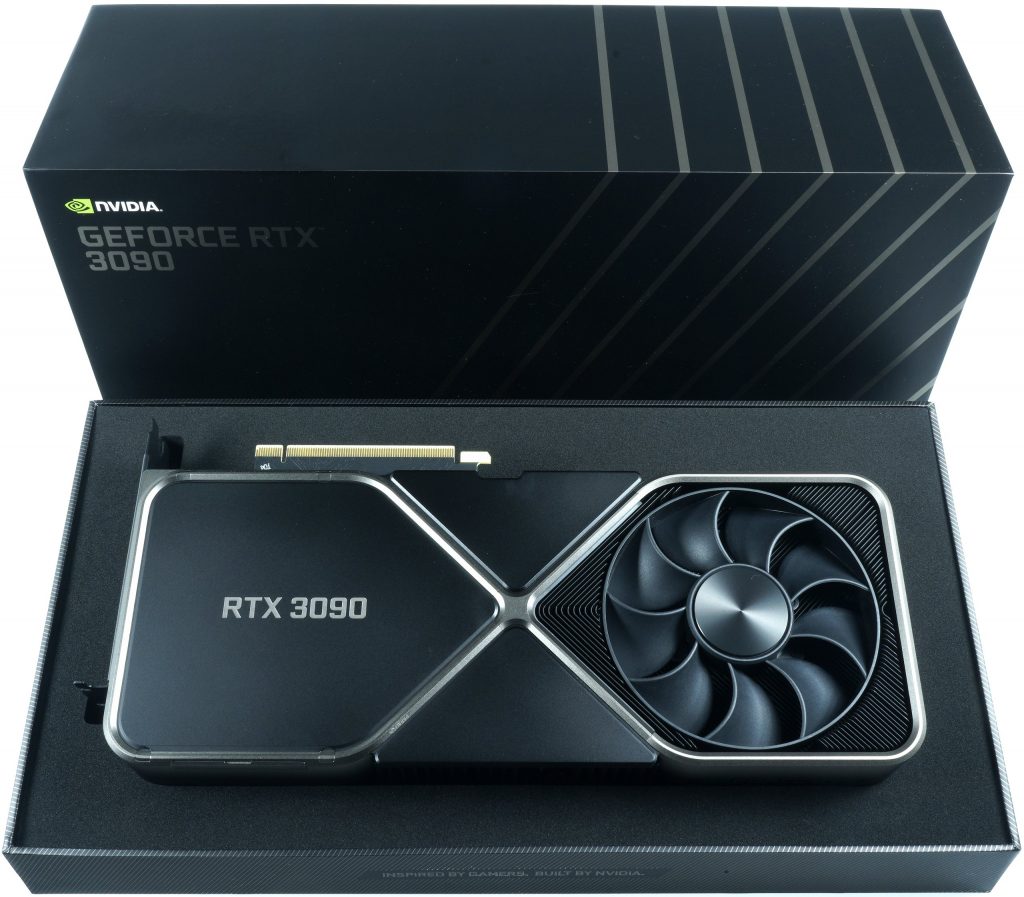
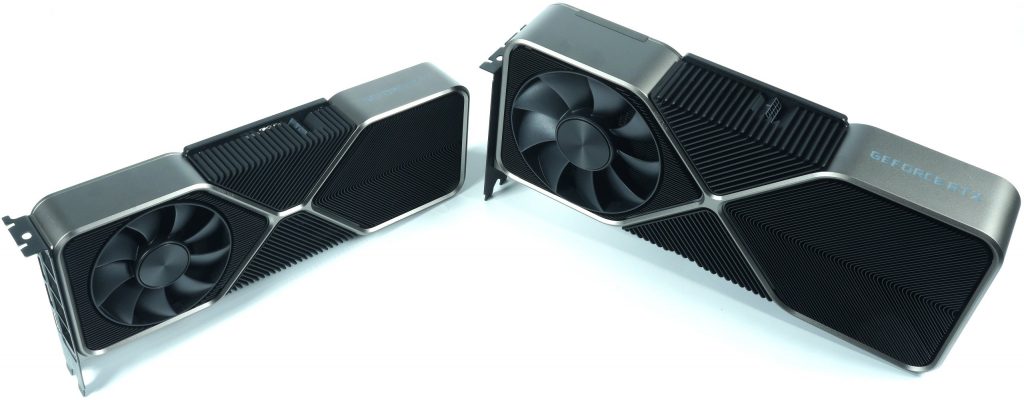
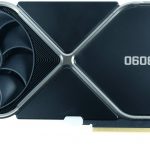
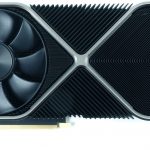
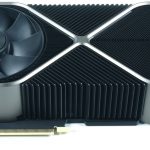
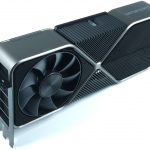
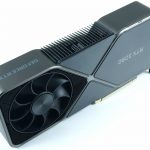
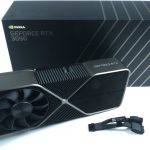
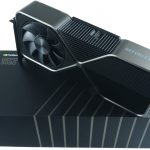
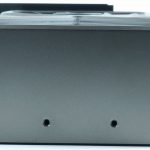
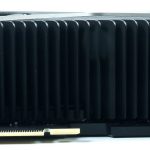
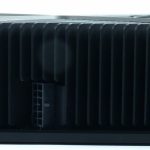
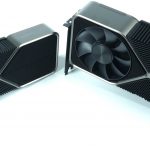
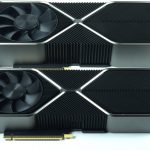
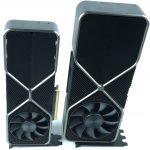
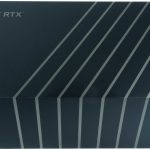


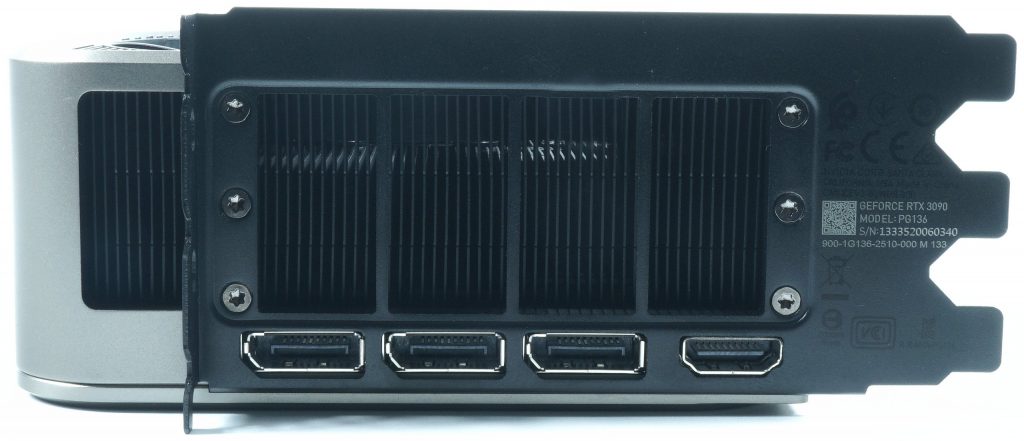
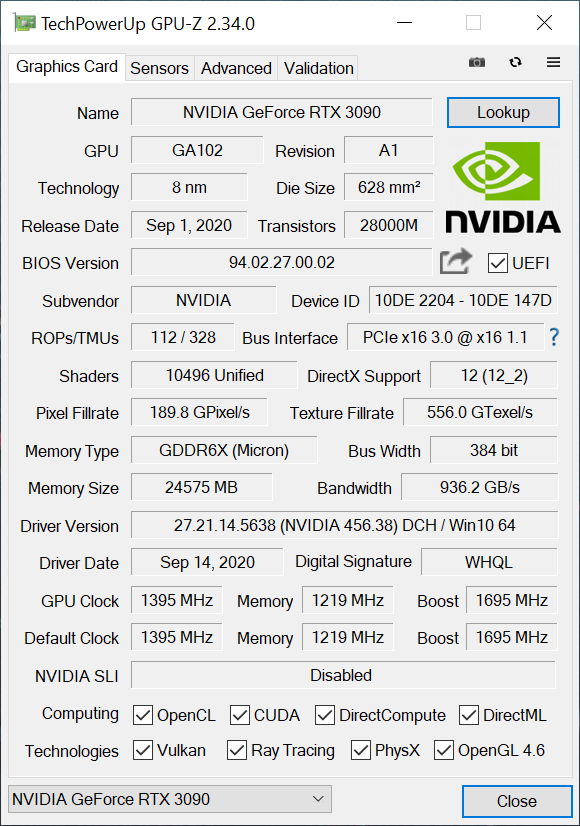
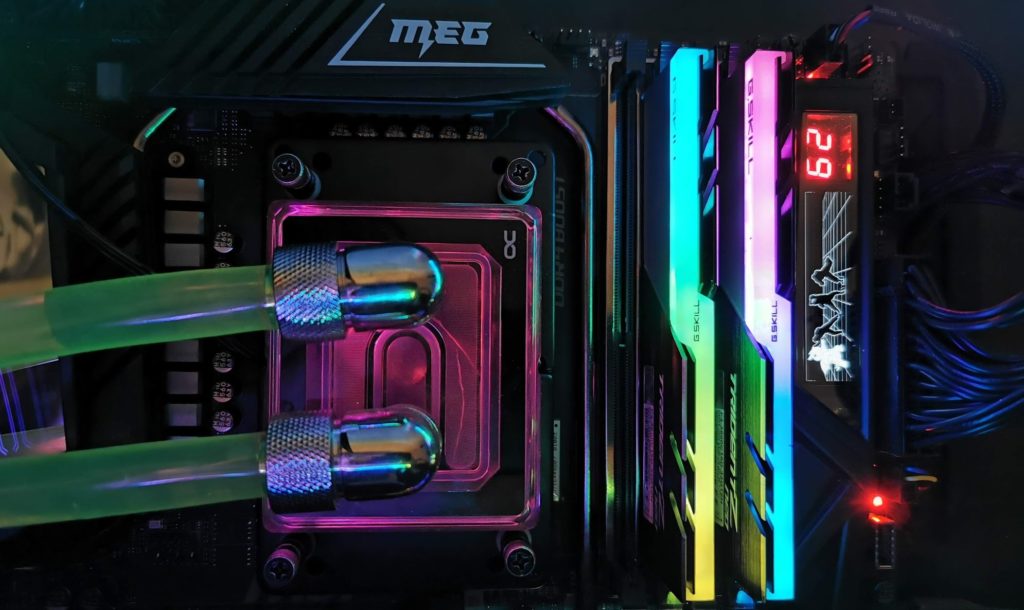
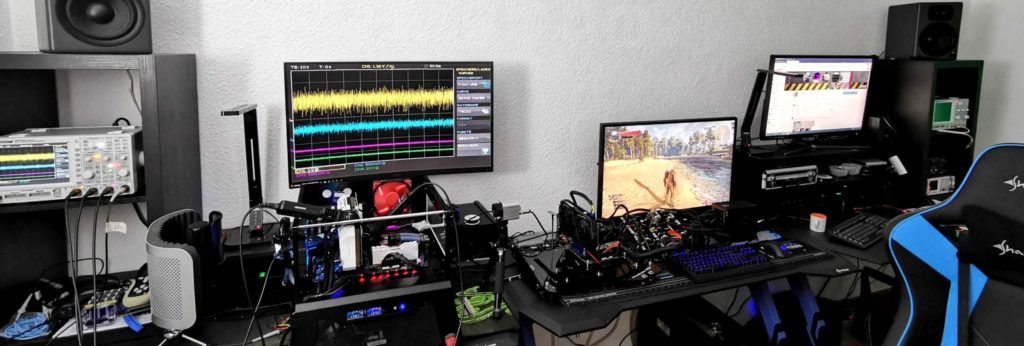
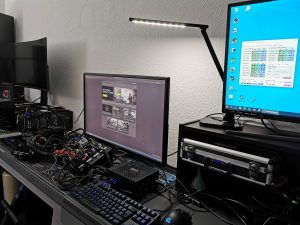
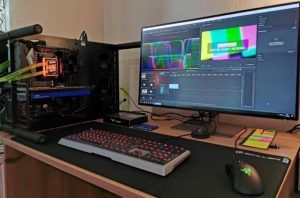
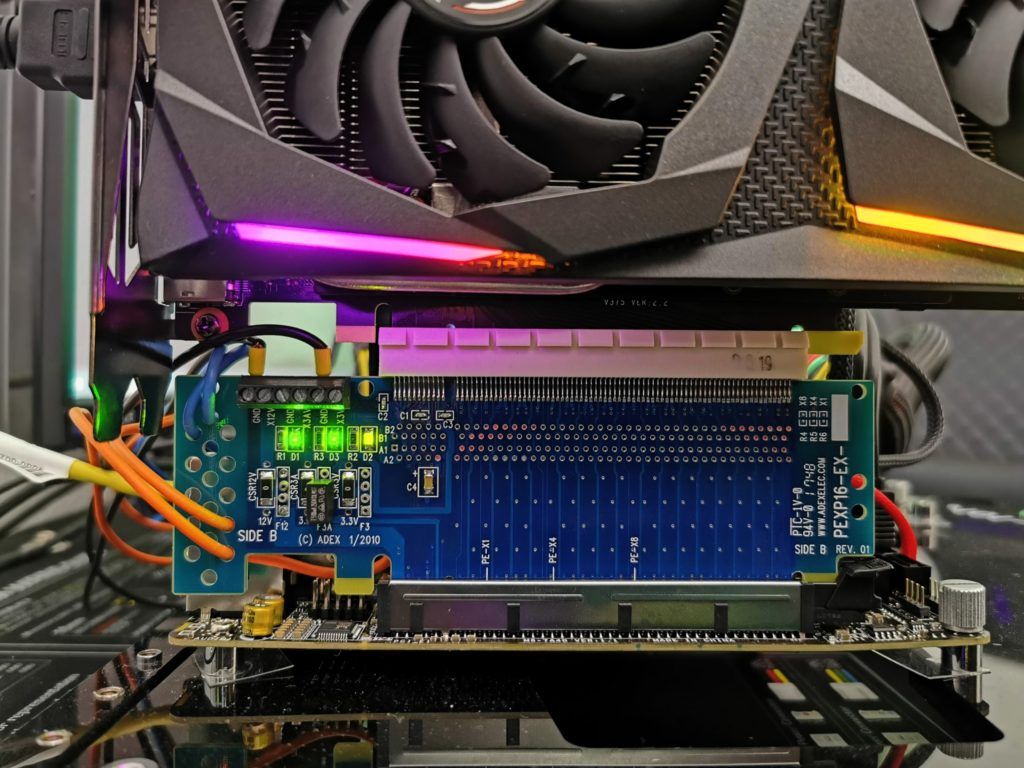




















Kommentieren